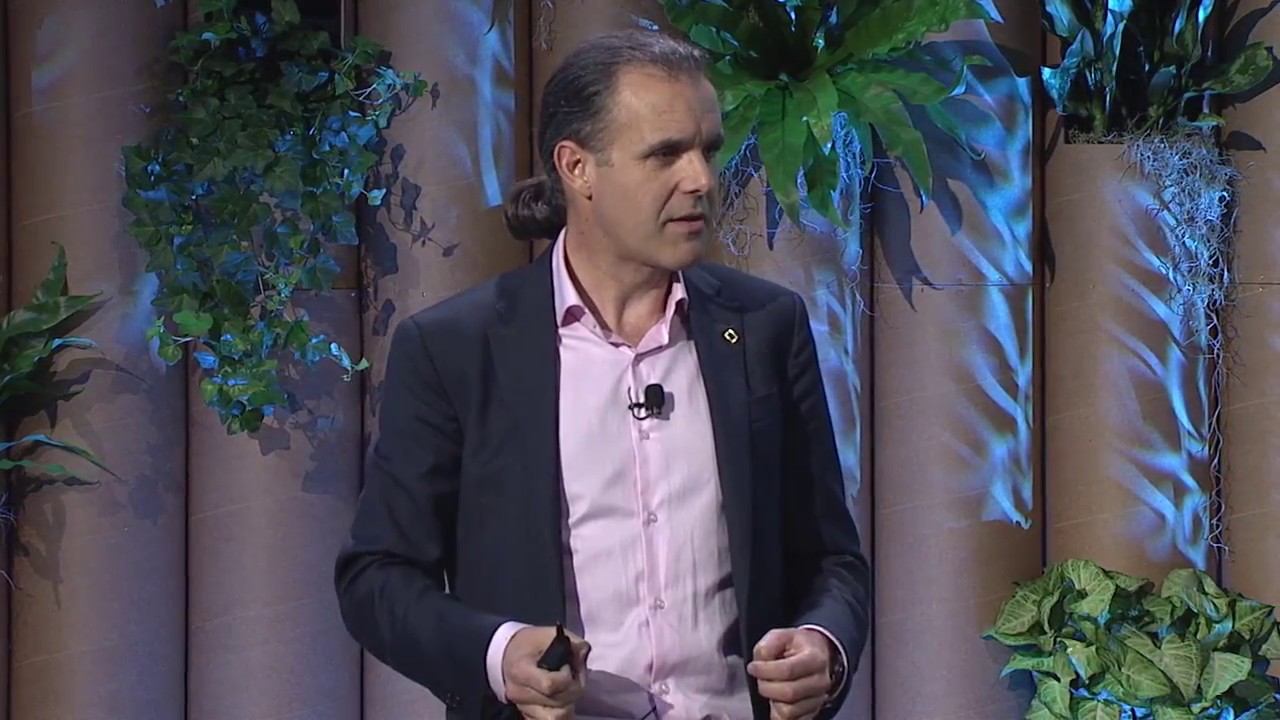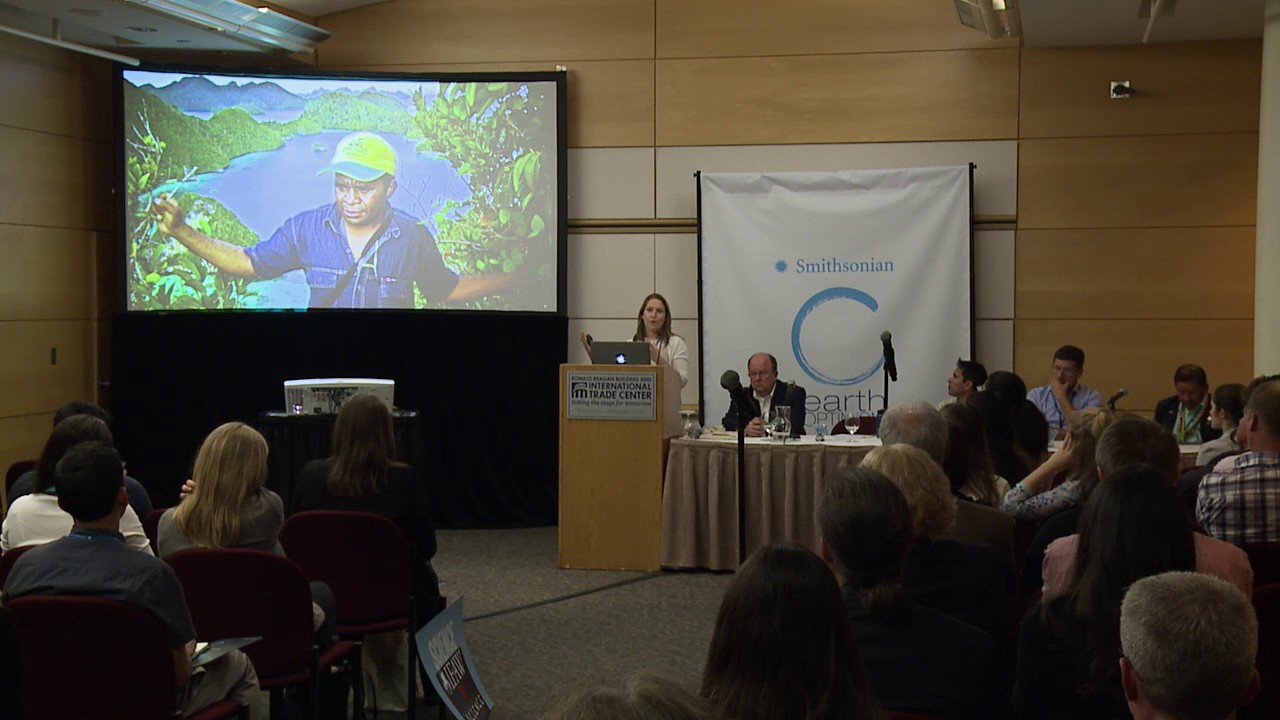My first dives were in the chilly waters off Massachusetts and California. A few years later, as I slipped below the waves in Discovery Bay, Jamaica, my career as a coral-reef scientist was set in motion. I have never looked back on that decision.
I have looked back, however, on what has happened to the ocean in the 45 years since I first strapped a scuba tank on my back. I have seen plastic pollution, dead zones, collapse of fish populations and corals bleached. These bad-news stories ricochet across both traditional media and social media. As journalists like to say, “If it bleeds, it leads,” and we help the process along by sharing videos and stills of ocean desecration with friends and family on Facebook and Twitter.
As divers, we do not even need the media to tell us about the problems — we see the problems, particularly on coral reefs. I got my first dose of bad news shortly after finishing my graduate school research in the 1980s, when the beautiful corals of Discovery Bay were replaced by seaweed. Today, we swim over reefs where live corals are few and far between. We get excited by tiny fish because too often nothing larger is swimming around. When we get back to the shore, straws and cigarette butts lie where there should be only sand. There are still interesting and beautiful things to see, but for those of us who have been diving for decades, the losses cannot be ignored.
There are, however, successes in ocean conservation amid the doom and gloom — successes that show the way to a better underwater future. I have come to realize that we do not share these stories often enough and that even marine scientists who work on conservation issues are often unaware of what has been achieved. If we do not identify, learn from and celebrate these examples of what is working, how can we expect success to spread? So from my long list of successes large and small, here are just a few examples for inspiration.
Protecting Spaces
Around the world, nations are setting aside parts of the ocean for protection. Since the 1960s, the surface area of these marine protected areas has grown by more than 8 percent per year. Of particular note is the recent increase in large protected areas in remote parts of the ocean. Nine of the 10 largest protected areas on the planet are now in the ocean. Are they enough? Not yet, as they amount to only 4 percent of the total area of the ocean (for comparison, 15 percent of the Earth’s land area is protected). Scientists suggest that our ultimate target should be 30 percent of the ocean protected, so we have a long way to go. Moreover, the majority of these protected areas are underfunded and understaffed. Even so, a recent study showed that 71 percent are working by at least some measures, with financial support making a big difference in terms of the likelihood of success. In other words, the money you pay to dive in these special places is likely making an important contribution.

One of the most recently declared protected areas is in the Pacific off the coast of Mexico. On Nov. 24, 2017, Mexico’s president decreed 57,000 square miles surrounding the Revillagigedos Islands to be off limits to fishing and mining. Notably, while the islands will remain uninhabited, commercial dive operators will continue to be allowed to run dive trips to the area. The sightseeing will be fantastic. As Matt Rand, director of the Pew Bertarelli Ocean Legacy Project put it, “It’s an important place biologically for megafauna, kind of [a] superhighway, if you will, for sharks, manta rays, whales and turtles.” The Mexican park joins others established in 2017 — by Chile, around the island nation of Niue and in the Ross Sea in Antarctica.
Saving Species
Speaking of megafauna, there are spectacular successes in this area as well. Some of them occurred so long ago that we tend to take them for granted. Sea otters are perhaps the best example. Divers in Monterey Bay, Calif., and nondivers on shore can easily enjoy their antics today and might not know that because of the value of their fur they were hunted nearly to extinction before hunting them was banned in 1911. In fact, they were thought to be entirely extinct in California before a small population of about 50 animals was discovered in the 1930s. Although the picture is not uniformly rosy, the situation is far better than it was a century ago, with recent numbers exceeding 3,000 sea otters, thanks to the steps we took to protect these charismatic creatures.
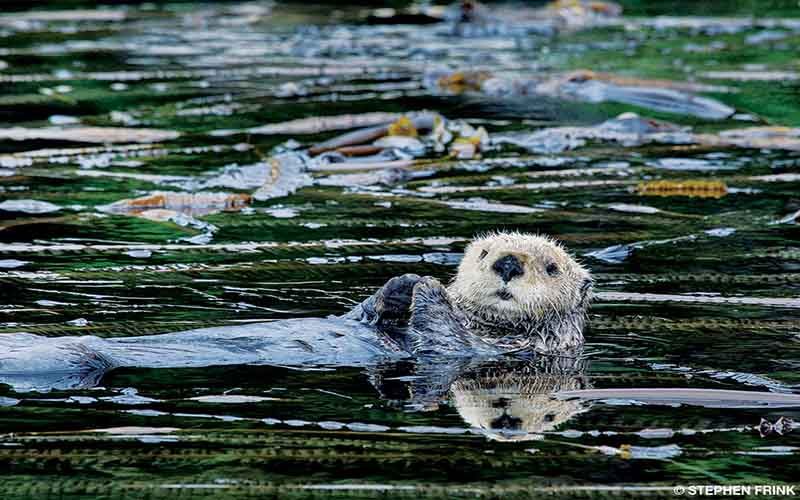
We all love to spot a turtle during a dive. Thankfully, our efforts to reduce hunting, egg collecting and accidental deaths in fishing gear are having an impact, and many populations of turtles are increasing. While there are worrying counterexamples, particularly for leatherbacks, there are more successes than most people realize. For example, at Hawaii’s French Frigate Shoals (part of the Papahānaumokuākea Marine National Monument) nesting numbers of green turtles increased from about 200 to 2,000 between 1973 and 2012. Manatees are showing similar improvement. Florida’s manatee population has increased 500 percent since the late 1960s, when they were first protected — evidence that restoring natural habitats and imposing speed limits on boats are having a positive effect.
Shark populations have also seen improvement after the implementation of protections. The movie Jaws led a generation of water lovers to fear these majestic animals, while at the same time a fondness for shark-fin soup caused their numbers to plummet. While they still deserve our respect, they are now also getting some of our love. Thanks to dive tourism, sharks are worth a lot more money alive than dead. Palau, one of the world’s preeminent dive sites, banned shark fishing in its waters in 2009. Disgust with the cruel practice of cutting off fins and leaving the sharks to bleed to death has also led to bans on sales and shipments of shark fins. As a result, you are now more likely to have the excitement of seeing a live shark than you were 20 years ago.
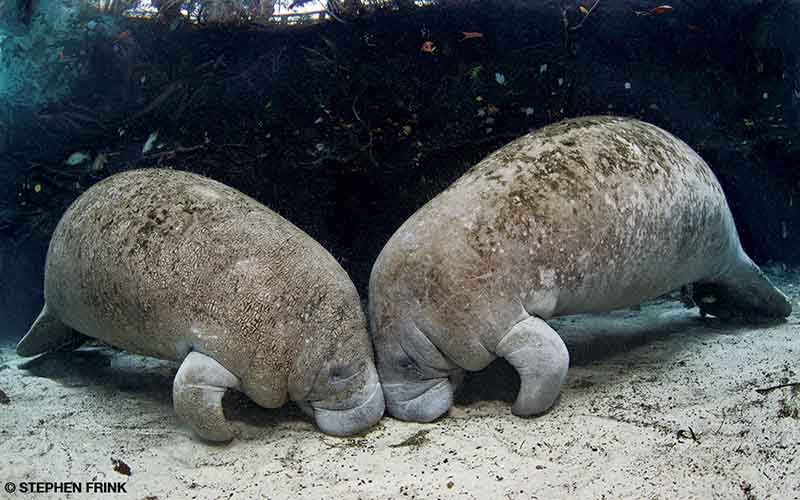
Cleaning Up Pollution
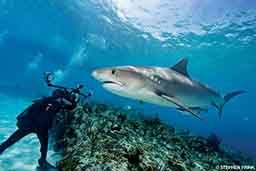
Too many nutrients in the water can cause algae to bloom. The result is murky water, which is not ideal for divers or for the organisms on the seafloor that need light. When we take steps to clean up the water, however, recovery is possible. Tampa Bay, Fla., is a case in point. In the 1960s and 1970s, polluted water caused algae to grow in the water, cutting off light to the seagrasses growing on the seafloor and causing them to die. But thanks to new regulations, the Tampa Bay Estuary Program announced in 2015 that seagrasses had returned to 1950s levels, an extraordinary success by any measure. That no doubt makes for clearer water in Tampa Bay’s many dive sites.
A similar story can be told for Kāne’ohe Bay, on the northeast coast of Oahu, Hawaii. Prior to the 1930s, the bay was described as a coral garden, but decades of chronic sewage contamination and several major spills caused seaweeds to grow out of control and smother the corals. In 1979 the sewage outfall was removed, water quality improved dramatically, and the corals recovered. Unfortunately, other problems are brewing, particularly global warming, which has caused several major coral bleaching events beginning in 2014. Serious science is needed to address these and other threats, in Kāne’ohe Bay and around the world.
Help from Science and Technology
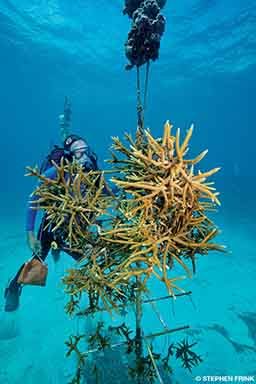
The threat to coral reefs is so dire that some scientists are working on developing super-corals more resistant to high temperatures, selectively breeding the survivors of past bleaching events, much as we have selectively bred dogs and cats. Kāne’ohe Bay, the site of much past destruction, is an epicenter for this effort; what better place to look for resilient survivors than where more than 21 percent of the corals died in 2015 because of the too-warm water. Coral restoration depends on ensuring local conditions are healthy where new corals are planted, but these efforts will likely be more successful in the long term if we start with the toughest corals. This is also where scientists are developing methods to put coral sperm and eggs in deep freeze, creating a seed bank for the sea to make sure that we do not lose genetic diversity.
Science and innovation can make a difference in areas other than just coral preservation. Thanks to high-tech satellite technology, we are getting better at tracking down the bad actors that can wreck a dive site in a matter of hours. The ocean plastic problem is enormous, but labs all over the world are working on solutions. Perhaps the most important technology supports the green energy revolution in which the ocean will likely play a growing role. A group of researchers at Massachusetts Institute of Technology estimated in 2017 that wind energy collected from over the ocean might have the potential to provide “civilization-scale power.”
Why Optimism Matters
People often ask how I can be optimistic when there is so much to be worried about. Or they worry that promoting optimism could make things worse by causing people to become complacent or giving ammunition to people who are opposed to conservation in principle.
Truth be told, I have not always espoused optimism. I spent several decades giving talks about the decline of coral reefs, so much so that my husband (also a marine biologist) and I were called Drs. Doom and Gloom. About 10 years ago, however, we realized that all the negative news was leading to apathy rather than action, because people tend to give up when faced with big problems without answers. Even more striking, the students we were training clearly wanted to learn about solutions to the problems they were inheriting. Slowly but surely we changed our approach, and in the process we discovered that while the problems are real, so are the thousands of important but less-known examples of success.

So on World Oceans Day in 2014, several of us joined forces to launch a Twitter hashtag campaign, #OceanOptimism. Search for #OceanOptimism, and you will learn about a success you knew nothing about. Since we launched it, the hashtag has reached more than 90 million Twitter accounts and has spawned new optimism movements, including Earth Optimism (because, after all, we care about the land as well). On Earth Day weekend in 2017 (April 21-23), more than 25 Earth Optimism events occurred around the world (visit earthoptimism.si.edu to hear the presentations from the Earth Optimism Summit hosted by the Smithsonian Institution).
Yes, there are days when the news makes me sad or mad, but I focus on the positive, keeping this quotation from Voltaire in mind: “Don’t let the perfect be the enemy of the good.” Just because not every sea turtle population is on the mend, do not negate the importance of those that are and the efforts of the many people that underpin these successes. They are living proof of the wisdom of this African proverb: “If you think you are too small to make a difference, you haven’t spent a night with a mosquito.” You, too, can get involved and work for a healthier ocean.
Explore More
Further Reading
Daley J. Mexico establishes largest marine protected area in North America. Smithsonian Magazine. www.smithsonianmag.com/smart-news/mexico-declares-north-americas-largest-marine-reserve-180967309/. Nov. 24, 2017. Accessed Jan. 9, 2018.
Goldberg R. Protecting 30 percent of the ocean brings multiple benefits. Pew Charitable Trusts. www.pewtrusts.org/en/research-and-analysis/analysis/2016/03/21/protecting-30-percent-of-the-ocean-brings-multiple-benefits. March 21, 2016. Accessed Jan. 9, 2018.
Kolbert E. Unnatural selection. The New Yorker. www.newyorker.com/magazine/2016/04/18/a-radical-attempt-to-save-the-reefs-and-forests. April 18, 2016. Accessed Jan. 9, 2018.
Mazaris A, Schofield G, Gkazinou C, Almpanidou V, Hays G. Global sea turtle conservation successes. Science Advances 2017; 3(9):e1600730.
Mooney C. There’s enough wind energy over the oceans to power human civilization, scientists say. Washington Post. www.washingtonpost.com/news/energy-environment/wp/2017/10/09/theres-enough-wind-energy-over-the-oceans-to-power-human-civilization-scientists-say/. Oct. 9, 2017. Accessed Jan. 9, 2018.
US Geological Survey. Annual southern sea otter survey: despite small population dip, species moves a step closer to recovery. https://www.usgs.gov/news/annual-southern-sea-otter-survey-despite-small-population-dip-species-moves-a-step-closer. Sept. 29, 2017. Accessed Jan. 9, 2018.
Waters H. Bringing back Tampa Bay’s seagrass. Smithsonian Ocean Portal. ocean.si.edu/ocean-news/bringing-back-tampa-bay%E2%80%99s-seagrass. Accessed Jan. 9, 2018.
Weisberger M. Manatees are making a comeback. Live Science. www.livescience.com/53381-west-indian-manatees-rebound.html. Jan. 14, 2016. Accessed Jan. 9, 2018.
Worm B. How to heal an ocean. Nature 2017; 543(7647):630-631.
| © Alert Diver — Q1 2018 |
